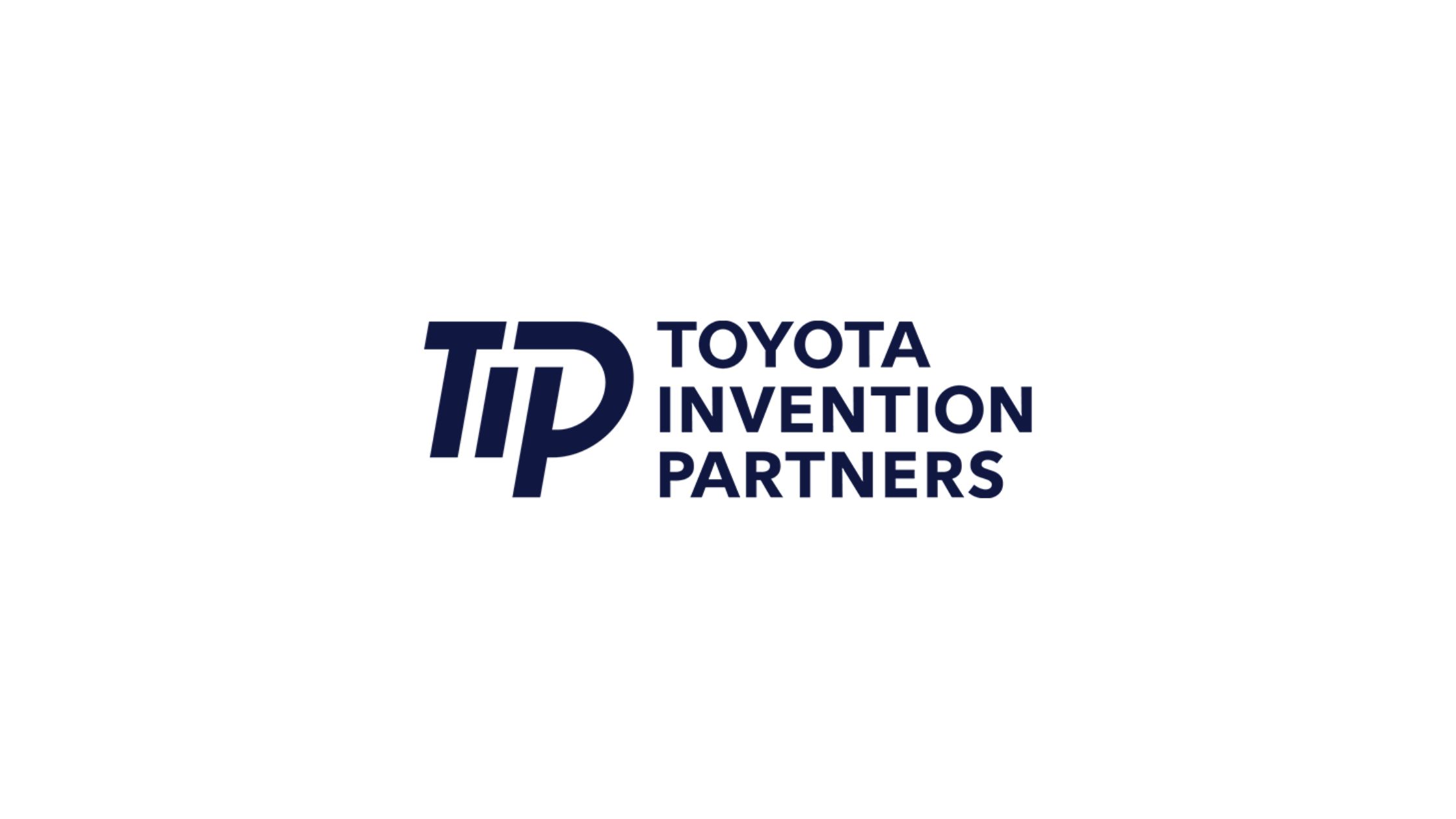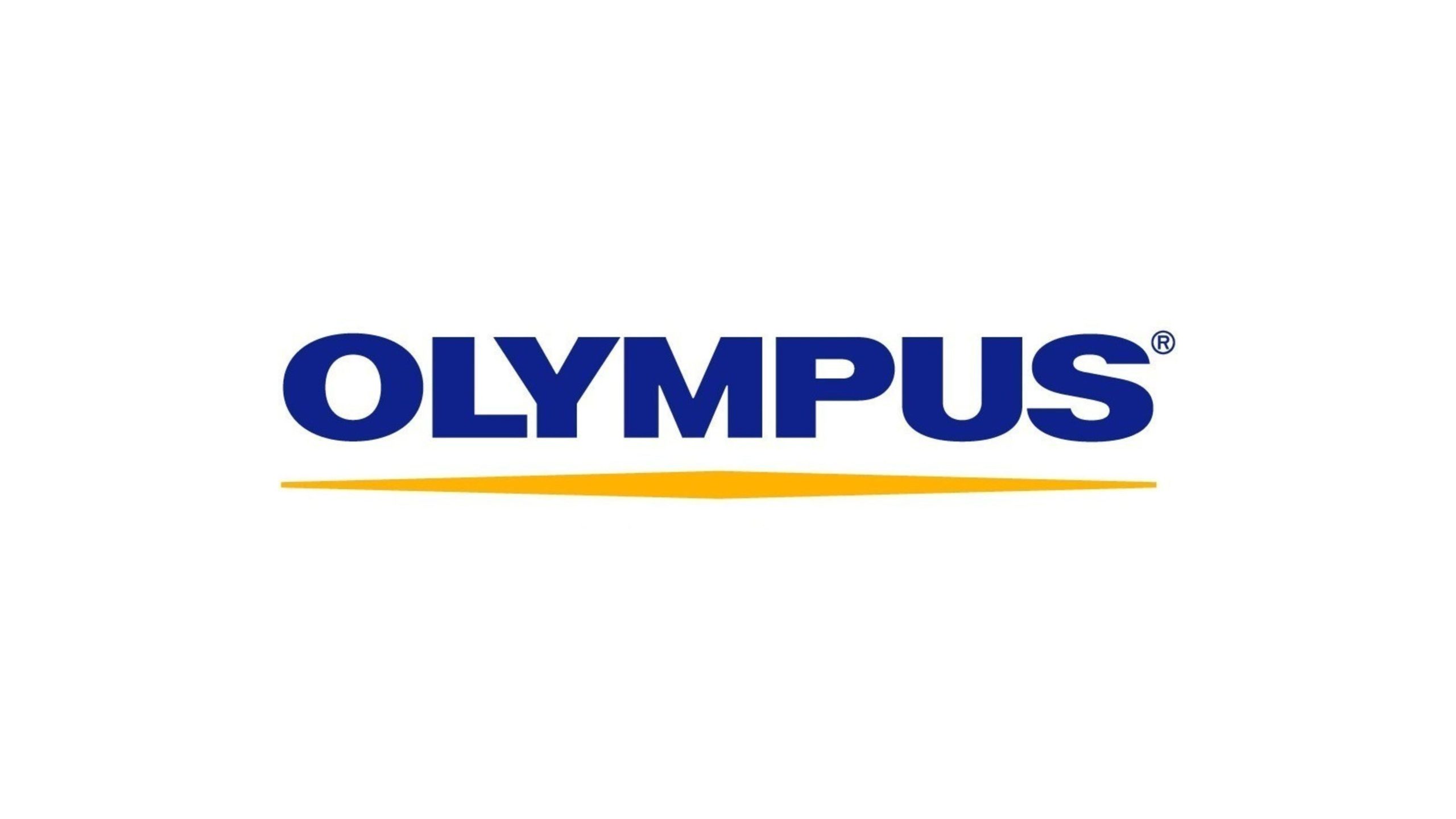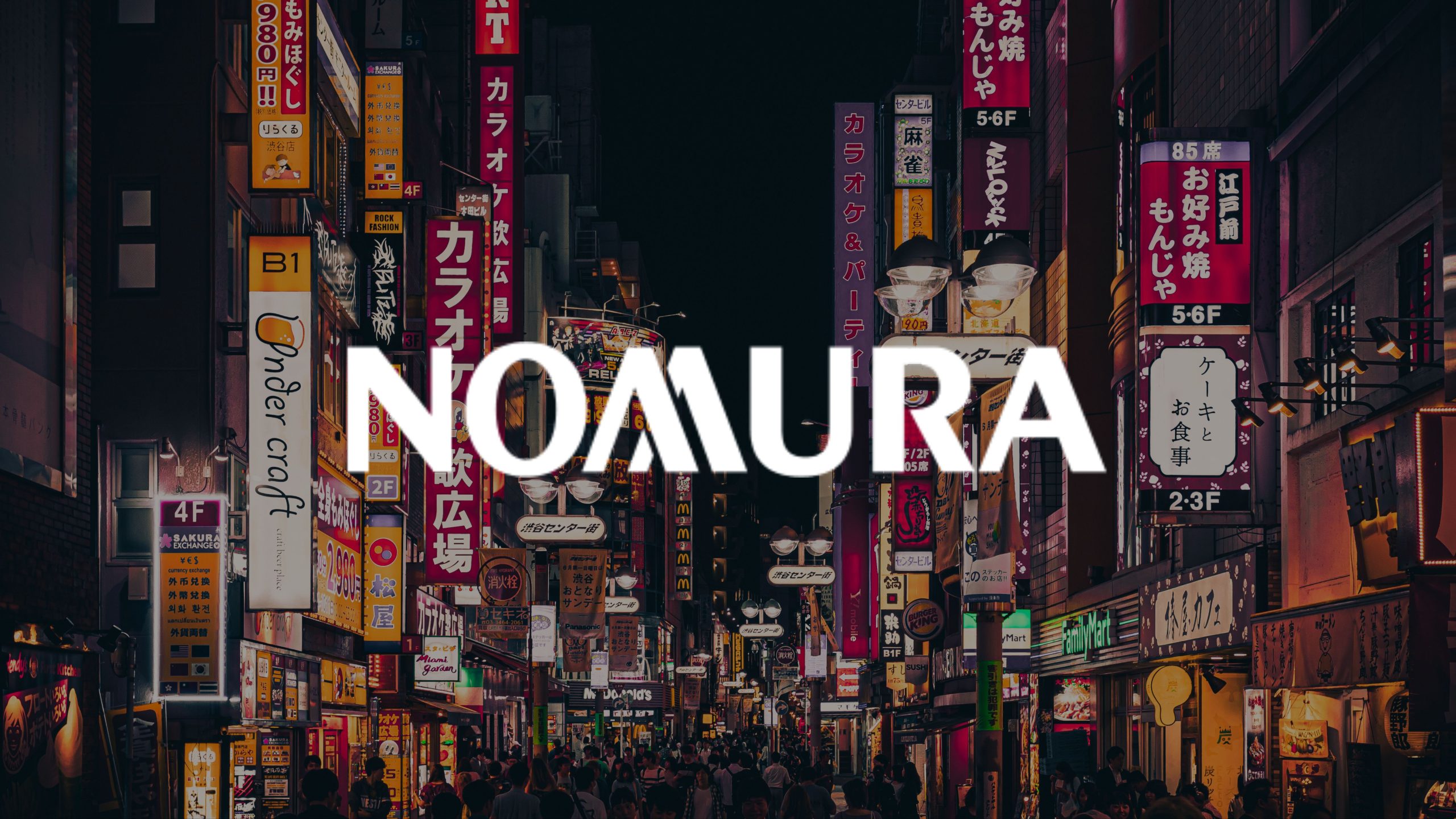AsiaTechDaily – Asia's Leading Tech and Startup Media Platform

Toyota’s $1.5B Playbook: From zero-to-one labs to growth-stage scale
New long-horizon investor TIP and an $800M Woven Capital Fund II give founders access to Toyota’s factories, pilots and Woven City — but bring strategic trade-offs.
Toyota Motor Corporation this week moved beyond occasional strategic bets and laid out a coordinated, lifecycle-wide venture strategy worth roughly $1.5 billion. The initiative pairs a new, patient capital vehicle — Toyota Invention Partners (TIP) with ~¥100 billion (~$670m) in capital — alongside Woven Capital Fund II, an $800 million growth fund. Together (with Toyota Ventures still active on very early deals), the three units create a continuous pathway from early invention to global scale.
Below is a concise, practical analysis for founders, VCs and ecosystem watchers on what Toyota has built, why it matters, and the trade-offs to watch.
How the three-layer strategy works
Toyota now runs a stacked approach to corporate venture:
- Toyota Invention Partners (TIP) — a wholly owned subsidiary focused on early-stage inventors and startups, especially in Japan. TIP is unusual: it has no fixed fund life and will back long-horizon projects while offering access to Toyota’s engineers, factories and know-how.
- Toyota Ventures — remains Toyota’s channel for seed and early-stage investments (continuing the existing playbook).
- Woven Capital Fund II — a growth fund ($800m) that will invest in about 20–25 Series B to late-stage companies in AI, automation, climate tech, energy and related fields. Woven Capital has already backed 18 companies from Fund I and is now fully integrated into Toyota.
This model aims to remove the classic “valley of death” between lab proofs and industrial deployment by pairing capital with industrial resources and pilot environments.
Why Toyota is structuring it this way
There are pragmatic reasons behind the design:
- Industrial advantages: Few VCs can offer factory pilots, supply-chain integration or mass manufacturing feedback. Toyota’s assets materially reduce commercialization risk for hardware and deep-tech startups.
- Patient invention: TIP’s indefinite horizon lets Toyota back foundational technologies that may take many years to market — an uncomfortable timescale for typical VC funds.
- Strategic alignment: Woven Capital provides follow-on growth capital and the possibility of large-scale commercial partnerships or acquisitions inside the Toyota ecosystem. As George Kellerman put it, Fund II “marks a major milestone in our mission to back global innovators advancing mobility and beyond.”
What this means for founders
For entrepreneurs building physical or heavily integrated software/hardware products, Toyota’s offer is compelling — but not free of strings. Consider:
- Clear advantages
- Faster validation through real pilots and access to Toyota’s engineering teams.
- Potential for industrial contracts and global distribution channels.
- A financing runway that can span invention through scale.
- Faster validation through real pilots and access to Toyota’s engineering teams.
- Key trade-offs
- Strategic alignments: Toyota may expect product roadmaps that match its needs.
- IP and exclusivity: deep integration projects often require strong IP and unclear terms on commercialization outside Toyota’s channels.
- Speed and governance: large corporates move slower; startups must balance fast market moves against the benefits of industrial integration.
- Strategic alignments: Toyota may expect product roadmaps that match its needs.
If you’re a founder assessing Toyota as a partner, ask early about IP terms, customer exclusivity, timelines for pilots and how the partnership affects future fundraising or exit options.
Risks and open questions
- Founder autonomy vs. scale: The more a startup relies on Toyota’s assets, the more tethered it may become to Toyota’s strategic roadmap. That can raise issues with other customers or investors.
- Regional focus: TIP emphasises Japan — great for founders targeting that market, less ideal for teams seeking purely global independence. Woven Capital is global, but early dynamics matter.
- Cultural fit: Startups operate at pace; corporate partners require process and governance. That cultural gap must be managed actively.
Early signal: Machina Labs pilot
The Machina Labs pilot (AI + robotics for metal manufacturing) is already a useful data point. Woven Capital’s investment led quickly to a North American pilot for producing body panels — showing Toyota isn’t just writing cheques but trying to route portfolio tech into concrete manufacturing workflows.
What VCs should read from this
- Co-investor or competitor? Toyota can be both. For many funds, Toyota’s deep industrial validation will boost portfolio exits; for others, Toyota’s increasing footprint could compete for proprietary deal flow.
- Syndicate dynamics change: Corporate strategic capital often brings different term expectations. Expect negotiation shifts on governance and rights when Toyota sits at the cap table.
Conclusion — a credible industrial venture model, with caveats
Toyota’s $1.5 billion architecture is more than marketing: it’s a deliberate industrial venture model that links patient invention to scale capital and real-world pilots. For hardware and deep-tech founders, that combination is rare and potentially transformative. For investors, it reshapes how corporate capital and venture capital interact in mobility and adjacent sectors.
Whether Toyota’s model becomes a template for other industrial players will depend on how the company balances two tensions: patient invention vs. founder autonomy, and industrial integration vs. flexible commercialization. If Toyota can support fast decision-making and fair commercial terms while keeping its industrial muscle available, this could be a new gold standard for how manufacturers nurture the next wave of mobility startups.



